#goldsmithing
Text
Gold Turtle Necklace from Ancient Colchis (modern-day Georgia/South Caucasus) c. 450 BCE: this necklace was crafted from 31 turtle-shaped pendants, each one made of g0ld

The necklace was discovered during excavations at an archaeological site in Vani, Georgia (the country, not the state). Ancient Vani once served as the religious and administrative center for the Kingdom of Colchis; as I've previously discussed, Colchis was also known as the homeland of the fabled Golden Fleece, and to much of the ancient world, the Colchians themselves were renowned for their skills in goldsmithing.
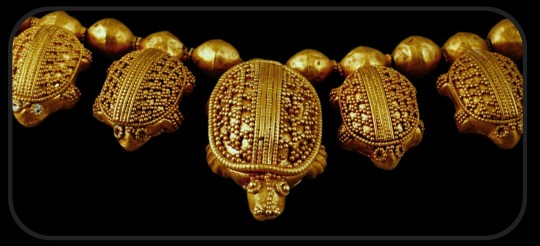
The turtle pendants on this necklace are all decorated with ornate filigree and granulation patterns. The eyes of the 30 smaller turtles were originally made with glass inlay, while the eyes of the largest turtle (seen in the center) were made from drops of gold.
As this article also notes (translated from Georgian):
[This necklace] is unique because of the zoomorphic depiction that it presents. Among the known examples of goldsmithing from antiquity, the depiction of a turtle is not attested anywhere other than the Vani necklace.
The local origin of the necklace is primarily indicated by the stylistic unity of the pendants with other examples of Colchian goldsmithing. It should be noted that the land turtle depicted on the pendants was widespread in Colchis.
The excavations at Vani have uncovered lots of other artifacts made by Colchian goldsmiths. These artifacts include temple ornaments, zoomorphic figures, pieces of jewelry, diadems, headdresses, hairpins, drinking vessels, and appliqués, among other things, and they've provided some really valuable insights into the unique goldsmithing traditions that existed among the peoples of Colchis -- and the myths that evolved as a result.
A few of the other golden artifacts from Vani:
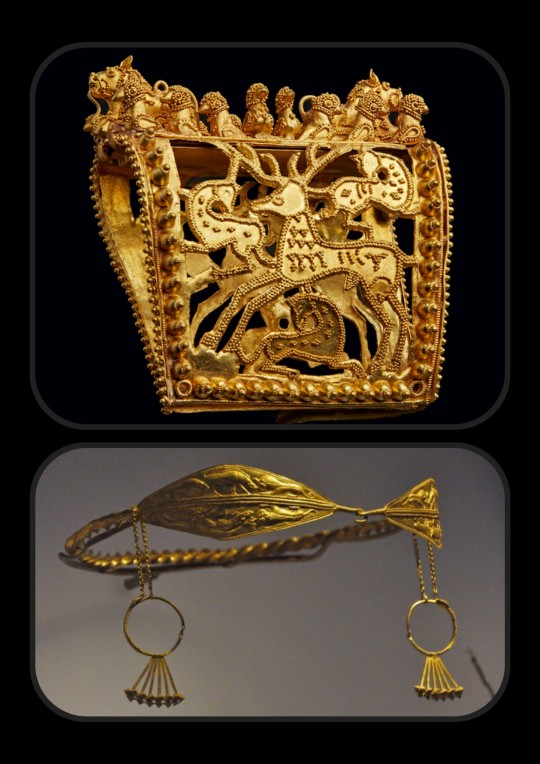
Top: headdress ornament featuring an openwork design, c. 350-300 BCE; the central panel of this piece depicts a stag and three other deer, while the frame is topped by two lions and several rows of birds; Bottom: a diadem with a set of temple ornaments, c. 400-350 BCE; all of the panels along the front of the diadem depict scenes of prey animals being hunted by lions
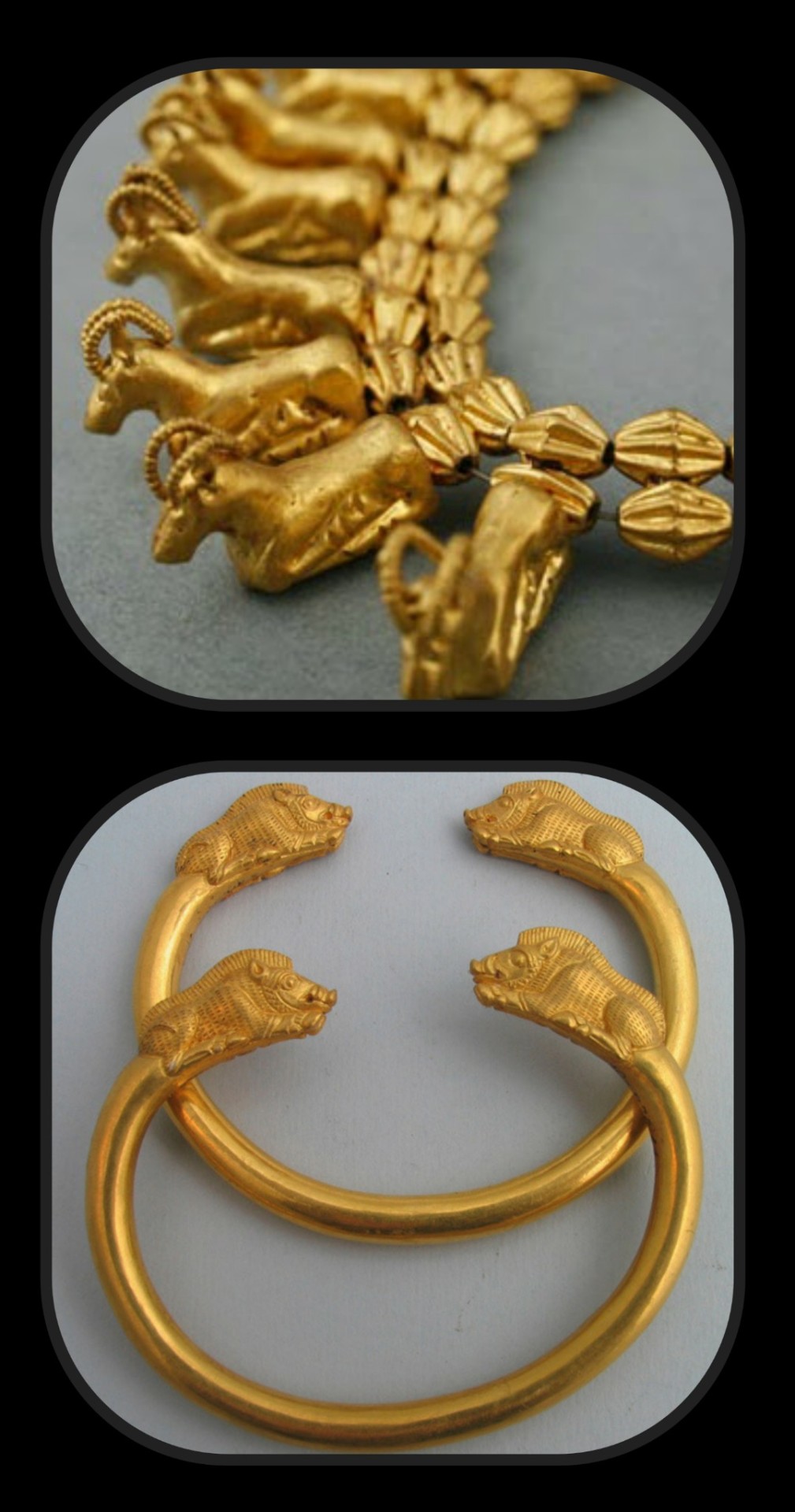
Top: necklace with a series of ram-shaped pendants, c. 400-350 BCE; each pendant was forged from two separate castings that were sealed together to form a complete shape, and the ears/horns were then soldered onto each piece; Bottom: set of bracelets with boar finials, c. 460-440 BCE

Golden appliqués depicting various animals, c. 400-300 BCE

Set of temple ornaments that depict two pairs of riders on horseback, c. 400-350 BCE
And a map showing the location of modern-day Georgia (just for reference):

As this map illustrates, Georgia is nestled right at the crossroads between Europe and Asia, with the Black Sea located on one side and the Caspian not far from the other; it is bordered by Russia to the North and by Turkey, Armenia, and Azerbaijan to the South
Sources & More Info:
National Geographic (Georgian): Golden Kolkheti
Atinati: The Golden Kingdom of Colchis
Smithsonian: Summary of "Wine, Worship, and Sacrifice: the Golden Graves of Ancient Vani" Exhibition
Burusi (Georgian): The Archaeological Discoveries at Vani
Quaternary International: A Modern Field Investigation of the Mythical “Gold Sands” of Ancient Colchis and the “Golden Fleece” Phenomena
#archaeology#history#artifact#ancient history#georgia#sakartvelo#colchis#kolkheti#vani#gold#turtle#jewelry#golden fleece#goldsmithing#south caucasus#mythology#art#applique
2K notes
·
View notes
Text



Cardinal Giannetino Doria's Mitre, early 17th century, embroidered fabric with metal wires, enamels and polychrome stones.
Canon Giovanni Battista La Rosa and Spatafora's Chalice, early 17th century, embossed, chiseled and engraved gold and gilded silver with enamels and gems.
Treasury of the Cathedral of Palermo, Sicily
Photos by Charles Reeza
29 notes
·
View notes
Text

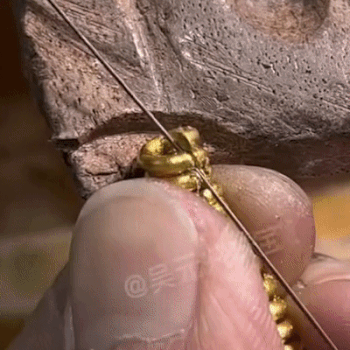

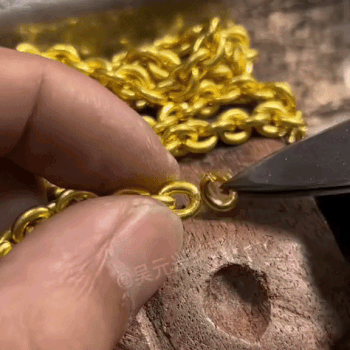



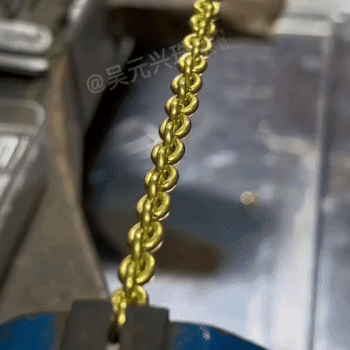

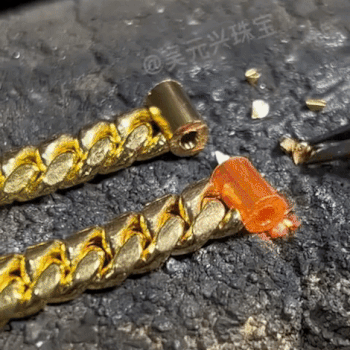
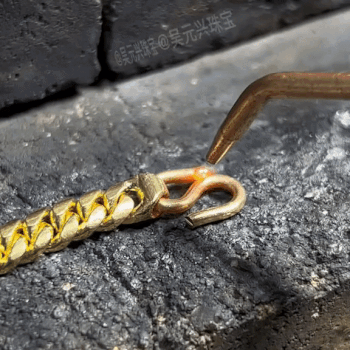

making a full gold cuban chain | source
#talos gifs#stim gifs#stim#jewelry#jewellery#metalworking#goldsmithing#irl hands#chains#gold#gold stim#vice#tools#blue#yellow#orange#grey#gray
108 notes
·
View notes
Text
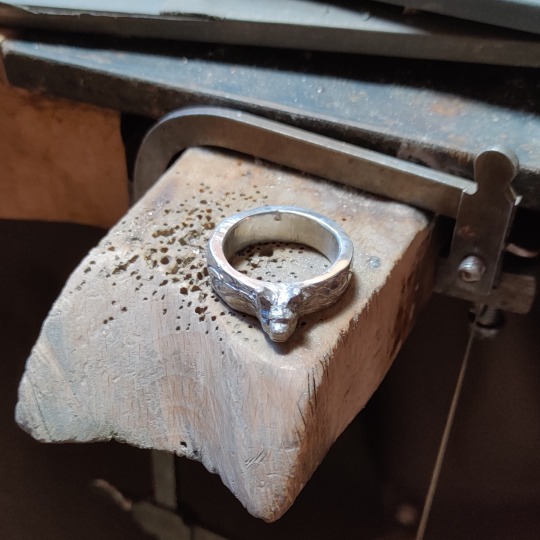
So I finished making a replica of the ring of hircine today
60 notes
·
View notes
Text
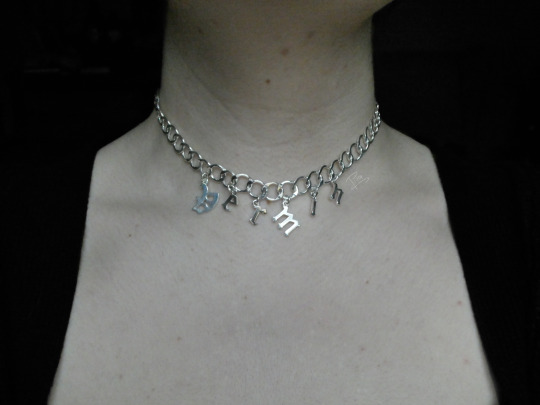


Vermin Choker Handmade from 925/- Sterling Silver
#my art#original art#traditional art#art#artwork#piashauntedartgallery#pia’s art#goth jewelry#jewelry design#silver jewelry#sterling silver#silver#goldsmithing#goldsmith
2 notes
·
View notes
Text
Two chains to make before Ruby Joust. One to celebrate, one to commemorate.
17 notes
·
View notes
Text

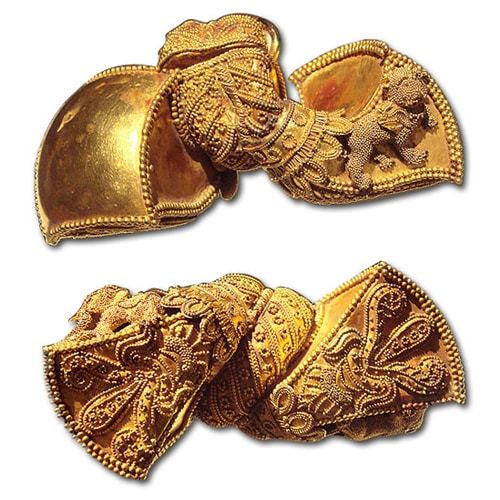
a twitter friend posted about their favorite undergrad rabbit hole & now i am learning everything i can about granulation in etruscan goldsmithing
3 notes
·
View notes
Text
3 notes
·
View notes
Text
Corona sármarto-alana del siglo I adC
“Diadema” Diadema Sarmato-Alania, encontrada en el kurgan de Khokhlach cerca de Novocherkassk, siglo I d.C.
Los kurganes son tumbas típicas de la Edad del Bronce ―desde el macizo de Altái hasta el Cáucaso, Rumania y Bulgaria―. A veces son estructuras muy complejas, con subdivisión del espacio y cámaras interiores, que conforman una macrotumba con diferentes habitaciones. En la cámara mortuoria,…

View On WordPress
#Alanos#joyería#Novocherkassk#Orfebrería#Rusia#Sármatos#Siglo I dC#jewellery#Russia#1st century AD#goldsmithing#Sarmatian culture
0 notes
Text
Pile of 14k gold melt from bunch of jewelry, need to weigh it still, and to think I did this in my kitchen with culinary torch, basic crucible and massive cast iron pan as the heat barrier (we're still safe with everything) . Also using basic house stuff for flux, sodium Carbonate /charcoal. Slowly working out project plans for the jewelry piece we're going to design and make soon as well.

0 notes
Text
Gold Headdress Ornament from Ancient Colchis (Georgia/South Caucasus) c. 350-300 BCE: this is a stunning example of Colchian goldsmithing, and it reflects a blend of cultural influences from both Europe and Asia

Ancient Colchis was located in what is now the nation of Georgia, nestled in the South Caucasus (modern-day Georgia can be seen on this map). It stood right on the boundary between the Eastern and Western worlds, with Europe on one side and Asia on the other; as a result, there are many Colchian (and Georgian) artifacts that combine the different styles and techniques of cultures from throughout Eastern Europe, the Mediterranean, the Middle East, and Central Eurasia.
From the Wine, Worship, and Sacrifice exhibition at NYU:
In technique and form, the piece is firmly rooted in local Colchian production. What makes the piece so fascinating, however, is its wide array of cultural influences.
Framed on three sides by rounded studs, the central area features a stylized stag and three smaller deer set around it––a motif also present in the gold work of the nomadic Scythians in the northwest. The piece’s openwork design recalls objects produced in Luristan in the southeast. Along the folded upper edge is a pair of outward-facing lions that, in composition, seem loosely related to Assyrian door guardians. Between them are three birds, a motif that occurs throughout ancient cultures, but which is particularly present in the goldwork at Vani.
The Colchians were also renowned for their talent as goldsmiths, and Colchis itself was famous as the place where Jason and the Argonauts were said to have acquired the Golden Fleece (according to the Greek Argonautica).
There are many incredible pieces of goldwork that have been unearthed from Colchian sites, but this has always been one of my favorites.

Sources & More Info:
Institute for the Study of the Ancient World: Wine, Worship, and Sacrifice
J. Paul Getty Museum: Golden Graves of Ancient Vani
J. Paul Getty Museum: About Colchis and Vani
World History: Portion of a Colchian Headdress
#archaeology#artifact#history#ancient history#colchis#georgia#caucasus#vani#goldsmithing#art#ancient greece#mythology#greek mythology#jason and the argonauts#golden fleece#sakartvelo#kolkheti#gold#crafting#scythian#stag#ancient art#jewelry#goldwork
12 notes
·
View notes
Text
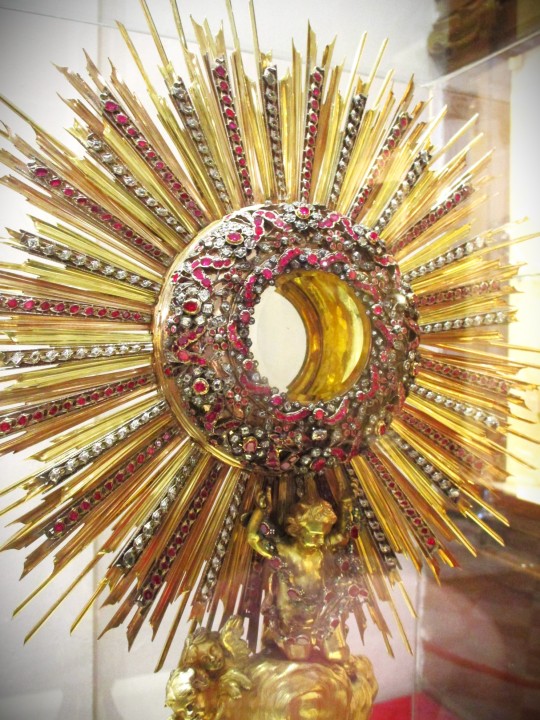

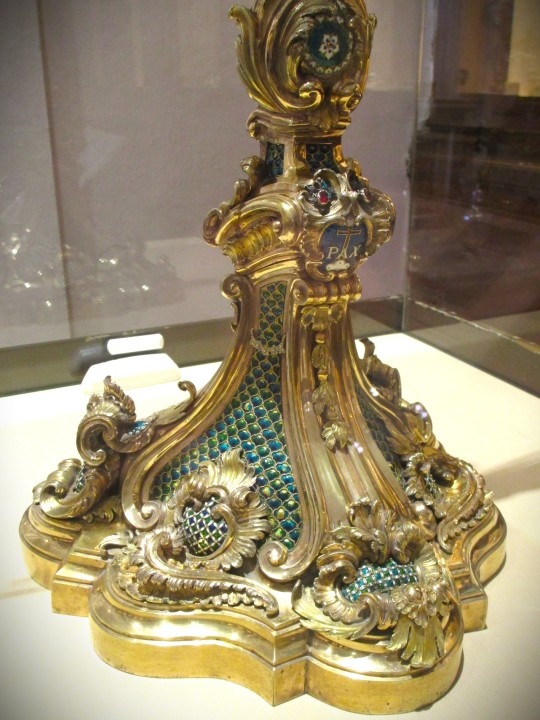
Monstrance, 1775, gold, silver, gilded silver, enamels, rubies and diamonds, by Agostino Natoli and Salvatore Mercurio
Photo by Charles Reeza in the treasury of Palermo Cathedral
#goldsmithing#jewelry#treasure#Baroque art#ritual object#eucharistic adoration#Roman Catholic church
27 notes
·
View notes
Text
It was in his palm, warm to the touch, one of the most beautiful things he had ever seen. Gold of several different colours had been beaten together with great craftsmanship to make its crossed-circle shape, and on all sides it was set with tiny gems, rubies and emeralds and sapphires and diamonds, in strange runic patterns that looked oddly familiar to Will. It glittered and gleamed in his hand like all kinds of fire that ever were. Looking closer, he saw some words written very small around the outer edge:
LIHT MEC HEHT GEWYRCAN
Merriman said softly: “The Light ordered that I should be made.”
from Chapter 10, "The Hawk in the Dark"
The SIgn of Fire isn't modeled on the gold and enamel Alfred Jewel, but its inscription is:
AELFRED MEC HEHT GEWYRCAN
1 note
·
View note
Text
thinking about Lovejoy describing themselves in three words as 'Aromantic British Noises'
thinking about Lovejoy describing themselves in three words as 'Aromantic British Noises'
thinking about how the idea of aromanticism isn't nearly as widespread as it is on Tumblr/various other corners of the internet
thinking about how most people would probably assume the use of Aromantic as a descriptor would imply a lack of any kind of love or romance or close interpersonal relationships in their music which is INHERENTLY NOT TRUE
thinking about Lovejoy choosing Aromantic specifically, confident enough in understanding the actual concept/culture of aromanticism to describe their entire band
thinking about the potential for there to be someone(s) in Lovejoy who is either on the Aromantic spectrum or has considered it as a possibility and has researched it to understand it (and maybe themselves) better
thinking about hard about Lovejoys songs and realising that despite a few having vaguely romantic or implied romantic connotations, you could absolutely do an aro-spec reading of their whole discography
thinking about Lovejoy becoming part of Aro Culture in my heart
thinking about being aro-spec myself, and how id consider the term 'lovejoy' to still very much be my vibe despite that.
thinking about self described Aromantic British Noises, Lovejoy.
thinking about Lovejoy.
💚💚🤍🩶🖤

#lovejoy#lvjy#joe goldsmith#mark boardman#ash kabosu#wilbur soot#joe lovejoy#mark lovejoy#ash lovejoy#wilbur lovejoy#aromantic#aromantic spectrum#aro#arospec#aro spec#aromantic culture#aro culture#shut ur pretty mouth#alloaro#allo aro#aromantic allosexual#aro allo#aroallo#aroace#aro ace#aromanitc#aro culture is
11K notes
·
View notes
Text
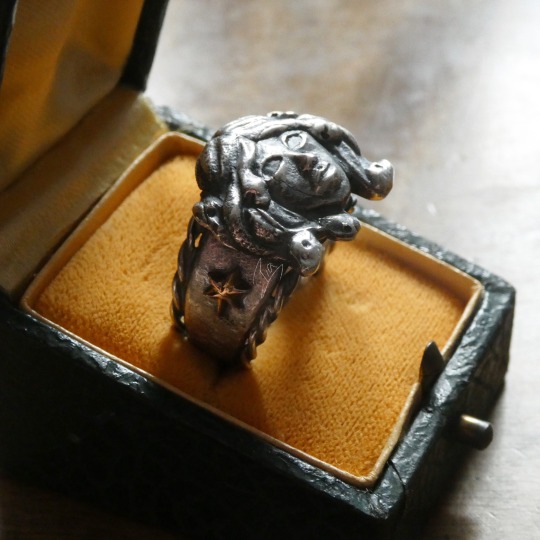
Medusa Ring made from 925/- silver with 750/- rosegold stars
#my art#yokoshauntedartgallery#original art#traditional art#art#artwork#pia‘s art#medusa#goth jewelry#witchy jewelry#jewelry design#silver jewelry#sterling silver#goldsmithing#greek mythology#alternativ jewellery
15 notes
·
View notes